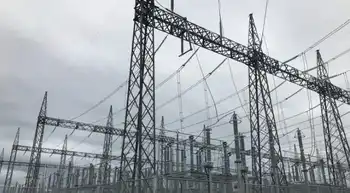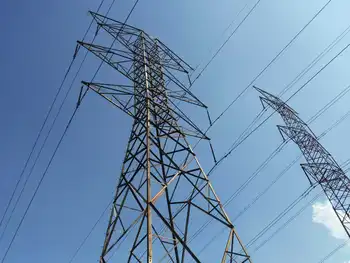Green police target flat-screen TVs
California's energy regulator voted unanimously on new rules that will require all new television sets under 58 inches to consume electricity more efficiently, beginning in 2011 and tightening again in 2013. Those larger than 58 inches, which account for no more than 3 per cent of the market, were left out in a concession to sellers of high-end home-theatre TVs. But the commission is expected to regulate them in the future.
It's a defensive move as America's most populous and green-minded state grapples with runaway affection for plasma and liquid crystal display (LCD) TVs, which consume dramatically more energy than older sets and continue to fall in cost even as screen size grows.
Peter Love, former chief energy conservation officer for Ontario and now an energy consultant, said it's only a matter of time before the province follows in California's footsteps.
"If it's announced in California, I would think Ontario would react to it very quickly," said Love, referring to the province's early decision to ban the sale of inefficient light bulbs by 2012. I don't think Ontario wants to be seen as a laggard here." Sales of flat-screen TVs now dominate the market.
In North America, more than 10 million plasma and LCD sets are expected to ship in the fourth quarter of 2009, while older cathode-ray tube TVs barely register at only 100,000, according to market researcher iSuppli Corp.
Some 3.3 million flat-screen TVs will have been shipped in Canada by the end of 2009, about 87 per cent of which will be the more popular LCD models.
Prices this Christmas are expected to be 20 per cent lower compared to last year, experts say.
The problem is these new sets, while offering a terrific viewing experience, can suck between 50 per cent and three times more power from your wall socket than a comparable-sized tube set.
Plasma boxes, often called the SUVs of the TV set, are particularly power-hungry.
According to technology website CNET, the average plasma TV uses 338 watt-hours versus 176 watt-hours for the average LCD model.
Under the new California rules, a new 42-inch TV must use less than 183 watt-hours by 2011 and less than 116 watts by 2013. The threshold is lower or higher depending on the size of the TV. A typical Canadian watches an average of 2.1 hours of television each day, according to Statistics Canada.
But that estimate is likely much higher in a household with multiple family members, and taking into account that many households keep the TV on even when nobody is watching it. "People have multiple TVs, and this stuff is just being left on all the time," said Love.
Assuming an Ontario family watches their plasma set five hours each day, the electricity charge in a year would be around $37. Add a $1 or $2 for standby or "phantom" power that's consumed when the TV is off. It might not sound like much, but it can add up. If every Canadian had a plasma TV and watched it five hours a day it would equate to 4 per cent of the country's overall electricity consumption. That's nearly as much as all the coal-fired power generated in Ontario in 2008.
"TV monitors are the next low-hanging fruit when it comes to energy efficiency," said Chris Winter, executive director of the Conservation Council of Ontario.
"In Europe, I've heard that when a soccer game is on entire power plants have to be fired up."
Keith Stewart, an energy analyst with environmental group WWF-Canada, said there are provisions in Ontario's new Green Energy and Green Economy Act that give the energy minister greater power to mandate efficiency standards for specific appliances.
"When the minister first announced the act, he said that provision would be used to establish Energy Star as the new minimum for heavy energy-use appliances, though I haven't seen it in writing yet," said Stewart.
A spokeswoman for the energy ministry said new regulations are coming but no timeline has been set. She wouldn't say whether the rules would target TV efficiency.
In California, the state's energy commission estimated that TVs account for 10 per cent of total household electricity use, rising 8 per cent a year as consumers go larger, and watch longer.
Electronics manufacturers, however, have argued that having efficiency standards imposed on plasma and LCD sets will limit consumer choice and lead to higher product prices. Environmentalists point out, however, that higher prices would be offset by energy saved over the life of the product.
Related News

Germany turns its back on nuclear for good despite Europe's energy crisis
BERLIN - The German government is phasing out nuclear power despite the energy crisis. The country is pulling the plug on its last three reactors, betting it will succeed in its green transition without nuclear power.
On the banks of the Neckar River, not far from Stuttgart in south Germany, the white steam escaping from the nuclear power plant in Baden-Württemberg will soon be a memory.
The same applies further east for the Bavarian Isar 2 complex and the Emsland complex, at the other end of the country, not far from the Dutch border.
While many Western countries depend on nuclear power, Europe's largest…




